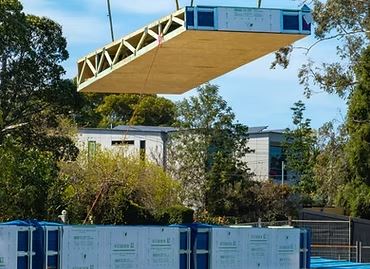
Pellet prices continue to rise. Prices have risen by around 50
euros since December. In January alone, wood pellets became
almost 30 euros more expensive. These are the highest pellet
prices since February 2024.
Pellet prices have been rising steeply since December. At the
end of the second week of January 2025, wood pellets cost as
much as they last did in February 2024 - around 11 months ago.
Pellet prices have also risen sharply this week. In November
2024, pellet prices had fallen to their lowest level in 3 years.
Since then, the price of wood pellets has risen sharply.
The expectation of many pellet buyers that pellet prices would
fall again at the end of 2024 has not been fulfilled. On the
contrary! In January, fewer and fewer pellet buyers still
believe that prices will fall soon. This is clearly reflected in
the purchasing behaviour and market assessment of pellet
customers: On the specialist portal Holzpellets24, 55 per cent
of potential pellet buyers believed at the end of the second
week of January that they should still hold off on buying. At
the same time, 45 per cent of pellet buyers are of the opinion
that it is better to buy despite the rising prices.
However, pellet buyers' expectations of a short-term price drop
have recently increased again somewhat. According to the data
from Heizpellets24, purchasing activity is only ¡®low¡¯. This is
despite the fact that we are in the middle of the heating season
and delivery times are just under 21 days.
At the end of the second week of January, prices for loose goods
in Germany were 294 euros per tonne. That is 12 euros more than
at the beginning of the week and almost 40 euros more than four
weeks ago. The reference figure is a total purchase quantity of
6,000 kg of certified wood pellets plus a blow-in fee, say the
experts at the specialised portal Heizpellets24.
For the same purchase quantity, buyers currently have to pay
around 4 per cent more for bagged goods than for loose pellets.
The national average price there is around 305 euros per tonne,
which is only 11 euros higher than for loose goods and only
slightly higher than four weeks ago.
Source:
nsw.gov.au